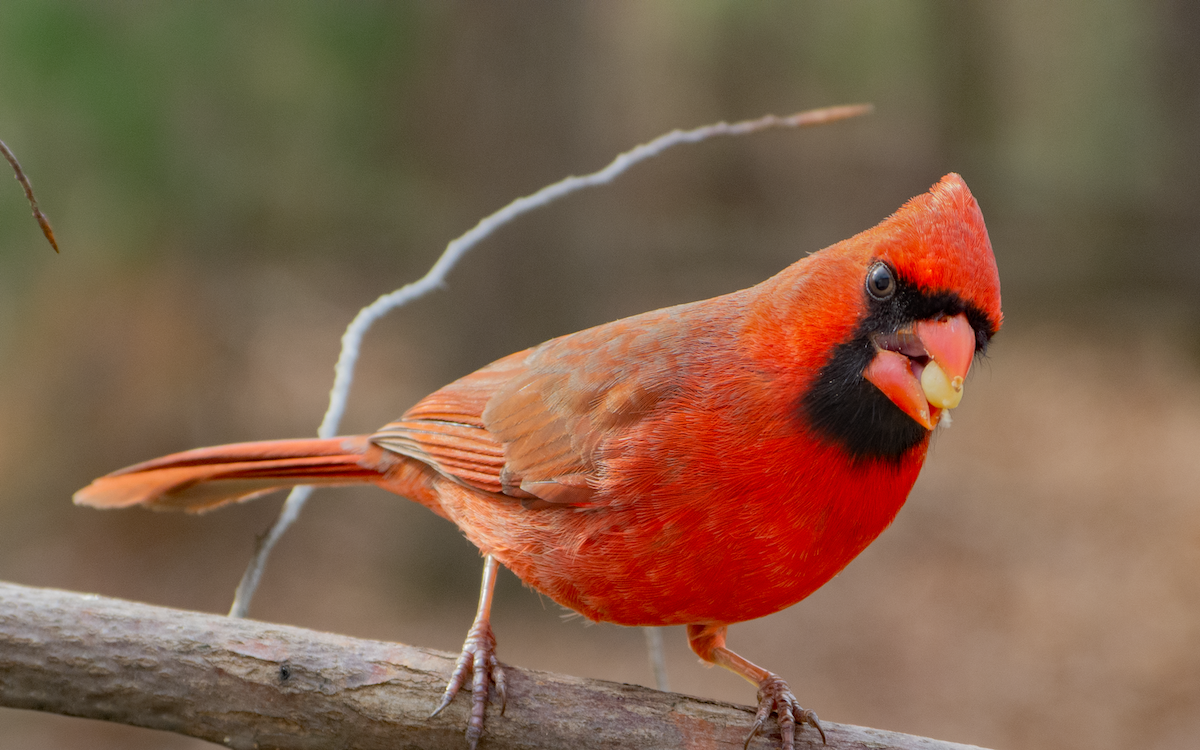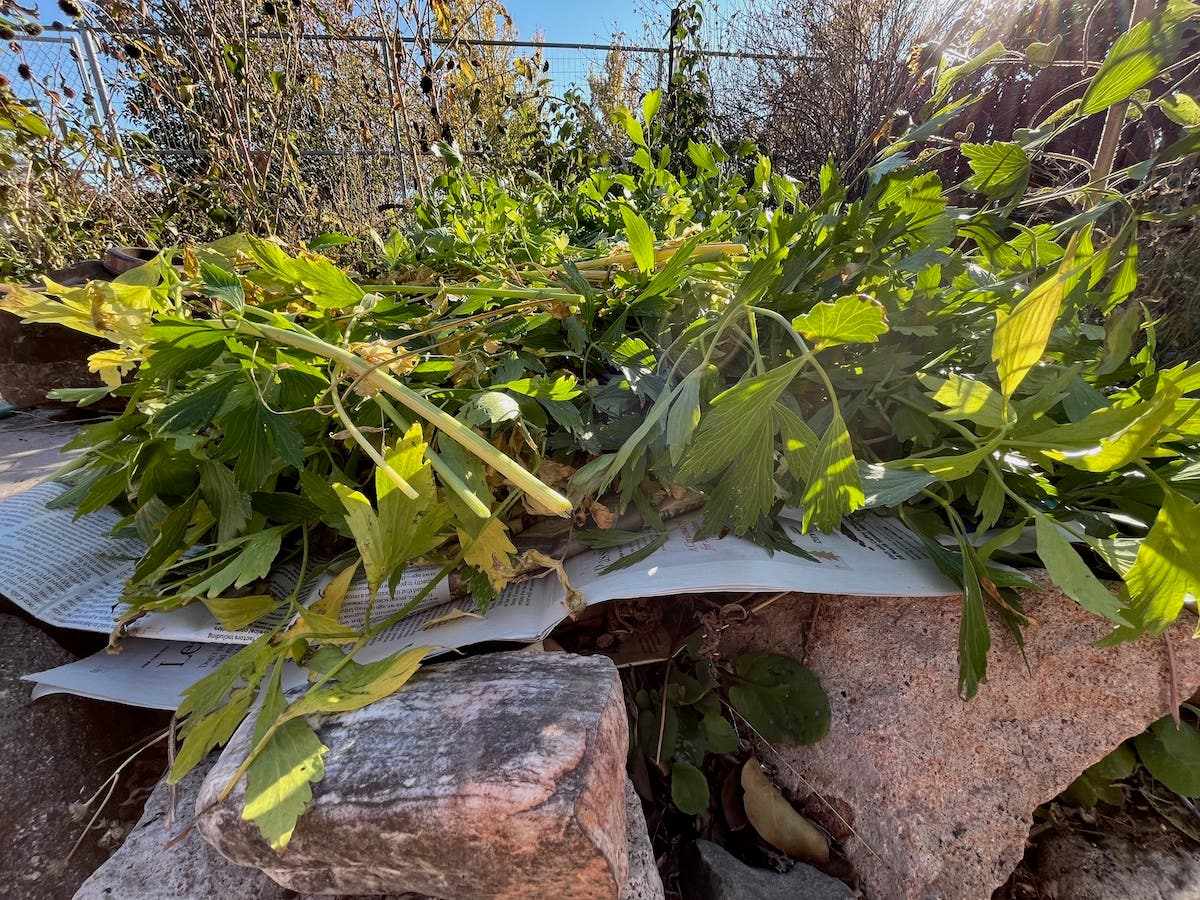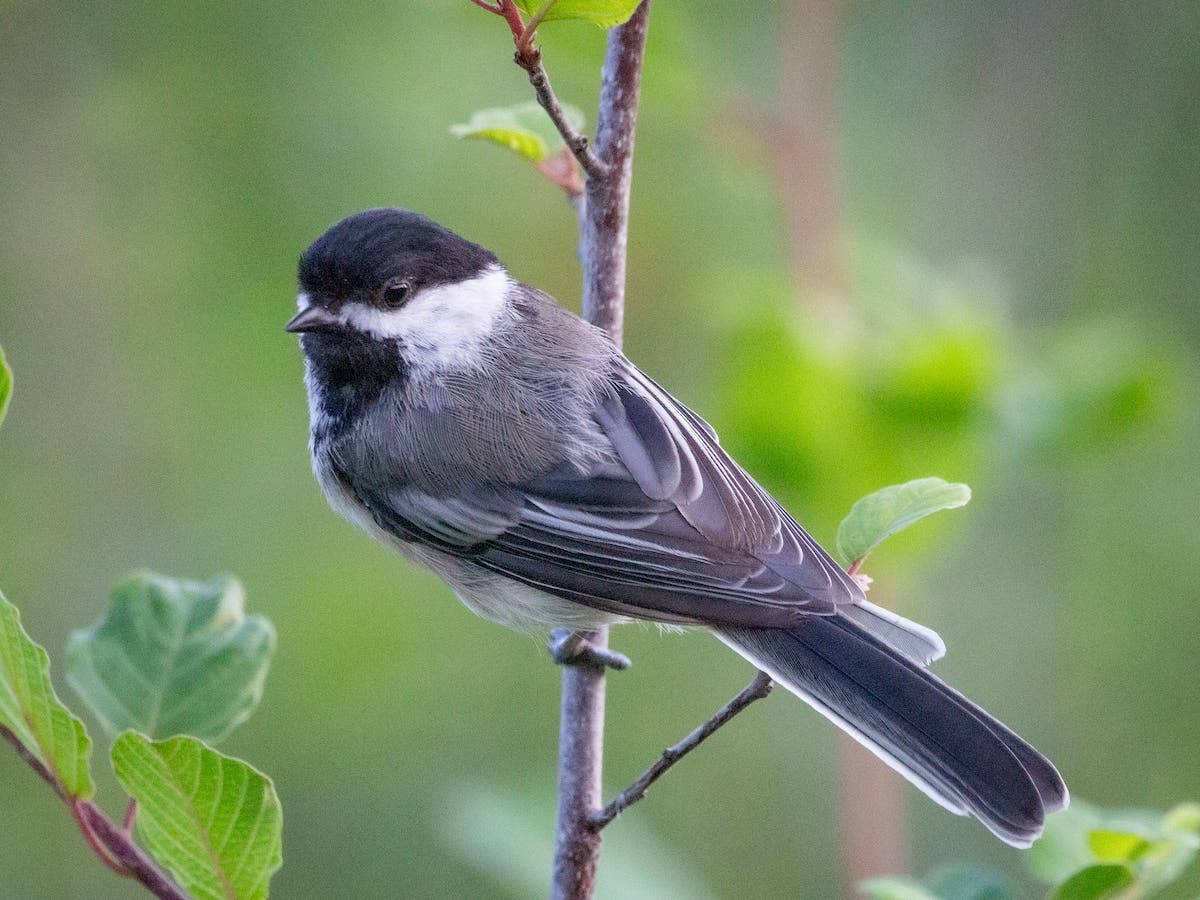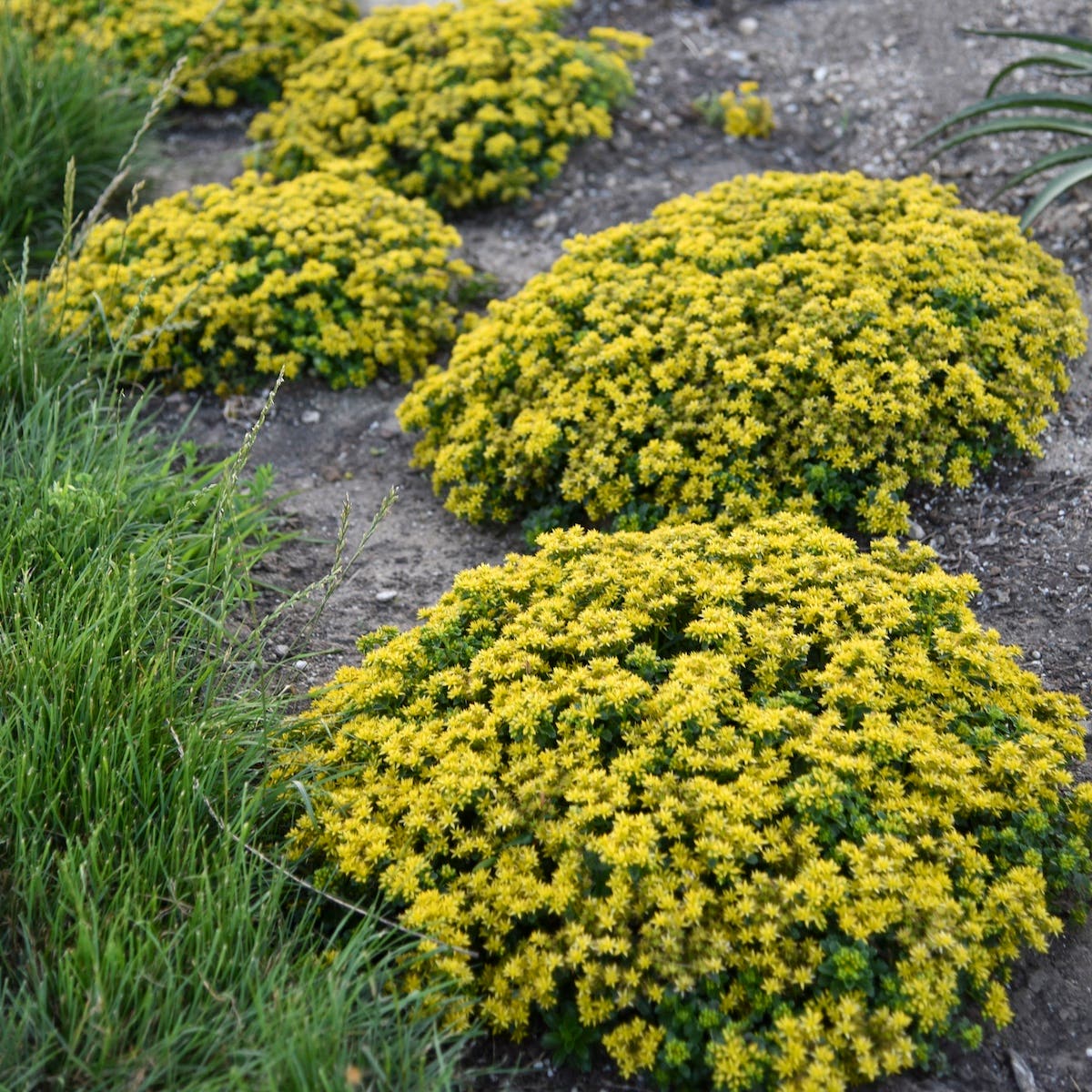As an Amazon affiliate, we earn from qualifying purchases made through affiliate links.
We recommend removing bird feeders in summer to encourage the birds to feast on naturally available foods. (In bear country, taking feeders down is a must.) If you prefer to leave your feeders up through the summer months, be sure to adjust their maintenance to guard against spreading diseases that are more likely to crop up in hot weather. Additionally, check with local wildlife officials for any advice specific to your area; for example, in the spring and summer of 2021, people in parts of the Mid-Atlantic, Southeast, Midwest and Northeast were asked to take down feeders and bird baths because of a an unknown ailment spreading among songbirds there.
In general, here's what to do if you are feeding birds in summer:
When you fill the feeders, don't fill them the entire way. Fill them just enough that the birds will empty them within a day or two. This way the seed you're offering will remain fresh and it will be unlikely to develop mold. Wait until the feeders are totally empty before refilling them.
Store your birdseed in a cool, dry location during the summer. This may be a different location than your winter storage site. For instance, a garage or shed can become stifling hot in the summer, while a basement might remain quite cool. The latter would be a better place to store birdseed during the warm months, even though the garage or shed may be a fine storage place fall through spring.
Wash bird feeders with warm, soapy water on a regular basis. Rinse them well and let them dry completely before partially filling them and hanging them up again. A 10-percent bleach solution can be used to disinfect feeders; again, rinse well and dry.
Rotate the feeders through your garden rather than keeping them hanging in one place all summer. This prevents droppings and seed hulls from piling in one spot and possibly spreading diseases like salmonellosis among ground-feeding birds. If you must leave feeders in one spot, regularly rake beneath it to remove debris and droppings.
Do not offer suet in warm months. It can easily go rancid.
Recommended related reading
A thoughtfully designed garden can provide all the food that birds need throughout each season, while also offering them shelter from predators, nesting sites and water.
For help in choosing plants and other features for a bird garden, I recommend Gardening for the Birds by George Adams. This book has a heavy emphasis on plants, with region-specific recommendations, and it includes charts that can be used to design a garden that has year-round appeal to people and birds alike.
Attracting Birds, Butterflies and Other Backyard Wildlife by David Mizejewski is another helpful guidebook, one that includes DIY projects to create at home.
The 2020 release from Doug Tallamy, Nature's Best Hope, also provides clear, simple steps to take to harbor birds as well as other wildlife in the face of habitat loss.







